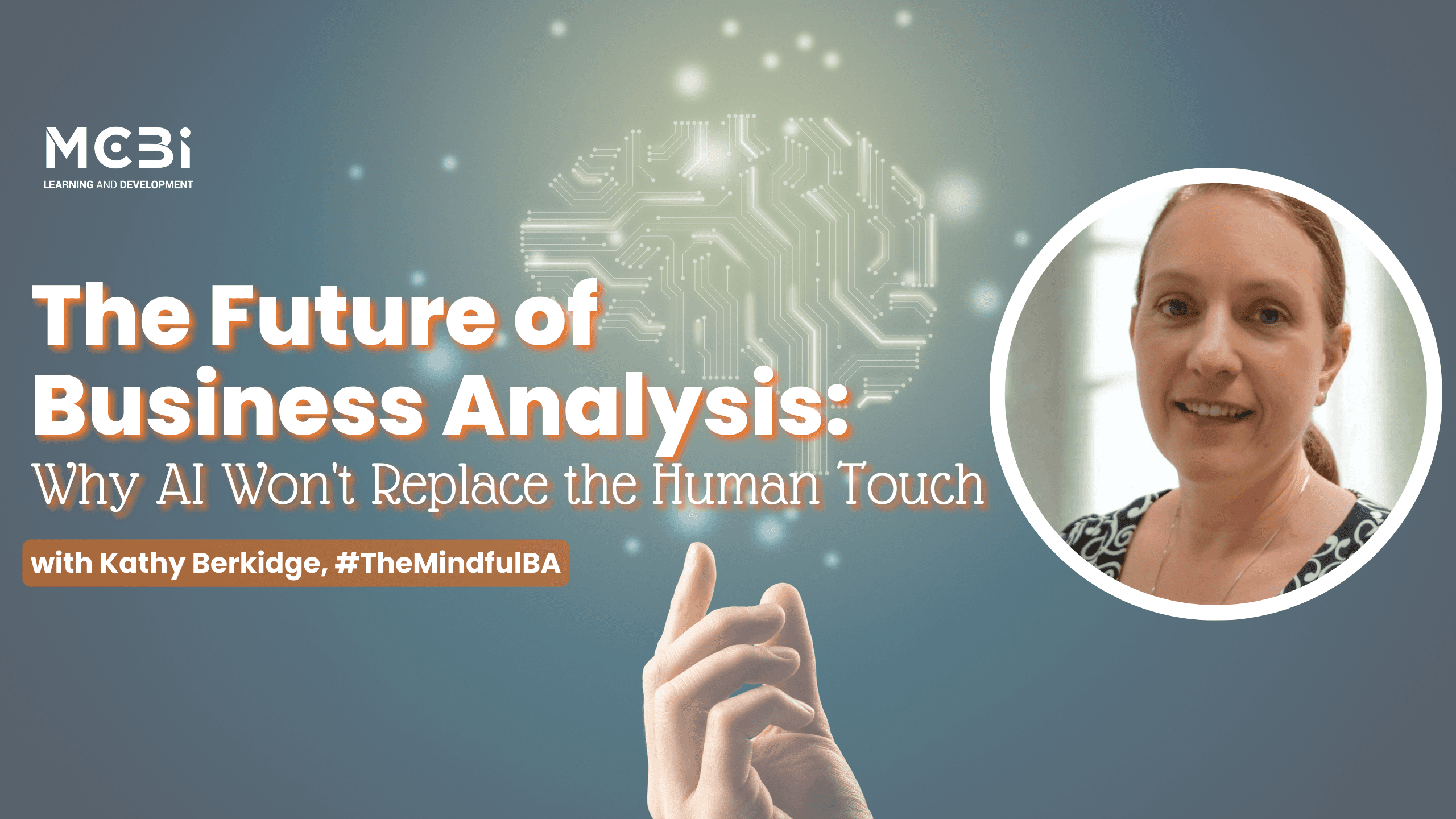January 20, 2025
Upskilling in a Low Unemployment Economy
With unemployment at record lows, Australia’s labour market is tight — and that puts pressure on employers to do more than just offer good pay. For HR and L&D professionals, the real challenge is keeping talent engaged by making growth, learning and career development central to the employee experience.
Australia’s labour market continues to defy expectations, with unemployment rates remaining at historically low levels. While this signals a strong economy, it also presents a complex challenge for business and HR and Learning & Development professionals: how do you retain talent, keep employees engaged and ensure continuous learning when opportunities elsewhere are abundant?
Retention Starts with Capability
In a tight labour market, employees have more bargaining power and organisations face increased pressure to offer more than just competitive salaries. The modern workforce is looking for purpose, growth and development. For HR and L&D leaders, this means shifting from reactive training models to proactive, strategic workforce development.
Retention is no longer just about perks; it’s about progression. Employees who feel stagnant are more likely to explore external opportunities. According to recent Australian workforce data, turnover rates are rising, particularly among younger professionals who value career mobility and skill development. In this climate, organisations must build capability as a core part of the employee experience.
Learning That Works in Real Time
One of the most effective ways to do this is by embedding learning into the flow of work. Microlearning, on-demand training and personalised development pathways allow employees to grow without stepping away from their roles. This not only boosts engagement but also reinforces a culture of continuous improvement.
Moreover, aligning learning initiatives with business strategy is essential. Skills mapping and capability frameworks help HR teams identify gaps and build targeted programs that support both individual growth and organisational goals. When employees see a clear link between their development and the company’s success, they’re more likely to stay and contribute meaningfully.
Leading with Growth and Wellbeing
Another key factor is leadership. Managers play a pivotal role in fostering a learning culture. When leaders actively support development, encourage curiosity and recognise growth, it creates a ripple effect across teams. HR and L&D professionals must therefore not only design effective learning strategies but also equip managers with the tools, mindset and support to champion learning as a core part of their day-to-day roles.
Finally, wellbeing and flexibility remain central to retention. Learning should not be a burden; it should be empowering. Offering flexible learning options, recognising diverse learning styles and integrating wellbeing into development programs can significantly enhance employee satisfaction and loyalty.
In a low-unemployment economy, the organisations that thrive will be those that invest in their people; not just to meet demand, but to build futures. For HR and L&D professionals, the mission is clear: create environments where learning is continuous, careers are nurtured and employees feel valued. Because in today’s market, capability building isn’t just a benefit, it’s a reason to stay.
Latest news

Ready to unlock
what's possible?
18 years of experience. Proven results. A team that's genuinely invested in your success.




